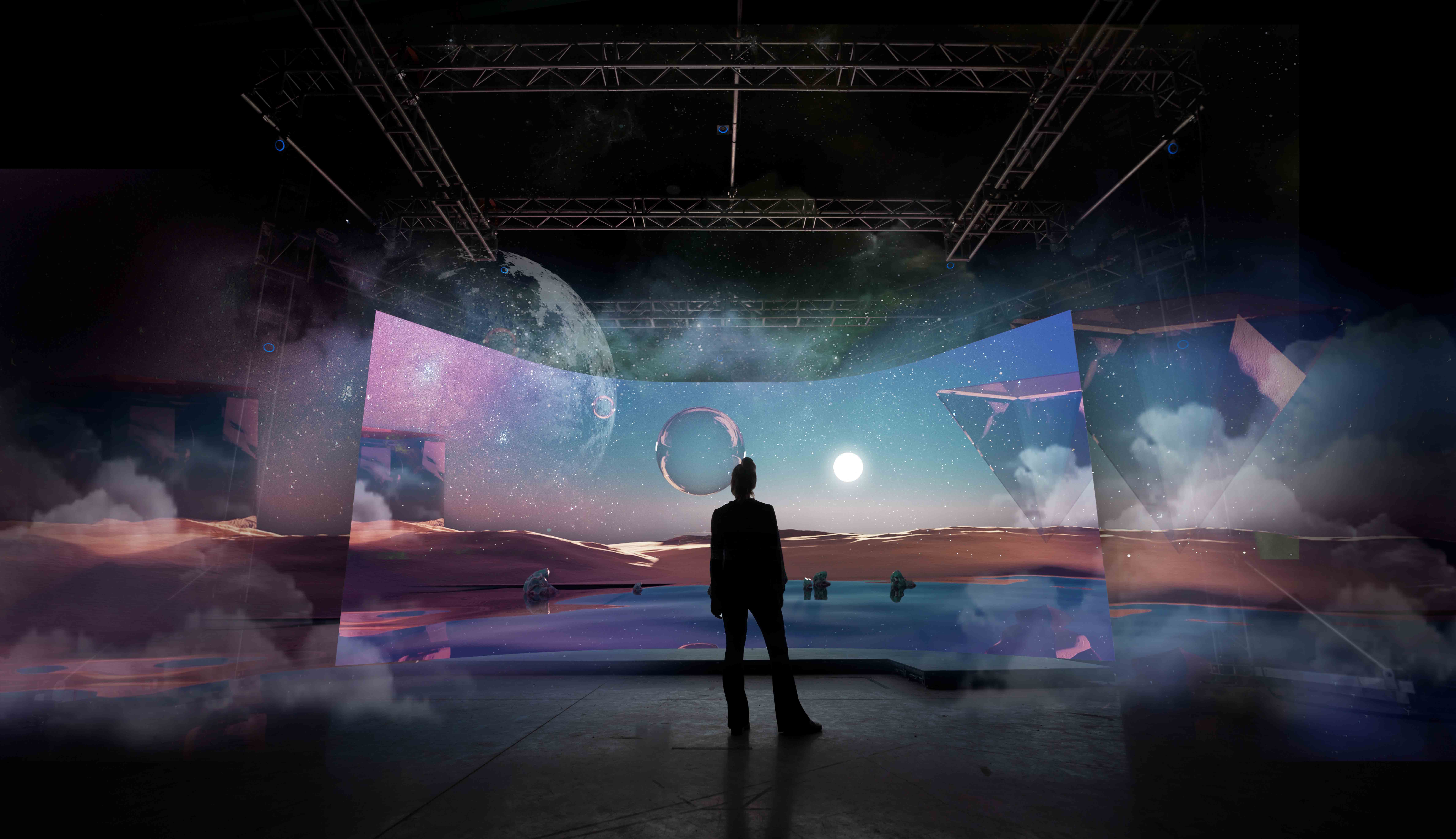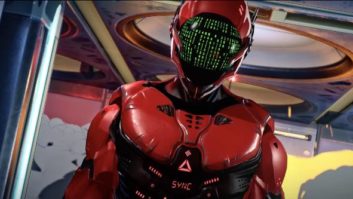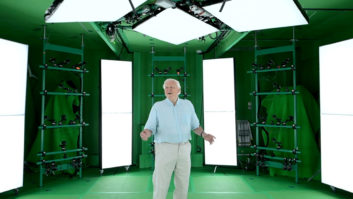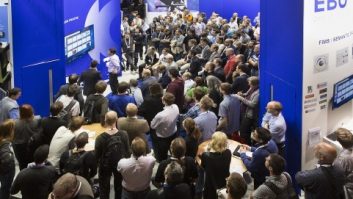When the trailer for the movie version of Andrew Lloyd Webber’s Cats arrived earlier this year, something about it stuck in people’s throats. Maybe it was the sight of a furry James Corden spitting food at a humanoid cat. Maybe it was the sight of James Corden in general. Or maybe it was the visual effects, a confusing digital cat-onesie situation that had viewers clawing their eyes out.
“I don’t think it was so much the poor execution of the VFX work, but more about the overarching concept of the film,” says Moonraker VFX creative director Simon Clarke. “Unlike Lloyd Webber’s musical that had a certain rawness to the characterisation and an energy from watching a live show, there is little left to the imagination in the film adaptation.
“We managed to get our heads around animals taking on human dialogue in films like Babe, but humans will always struggle to behave and move like animals, even if they are in digital suits,” he continues. “Disney’s Lion King suffered from this criticism too, riding on the success of the acclaimed musical and original animated movie, when the characterisation isn’t pushed enough we fail to place it. Is it digital or real? Are they real cats or are computer generated? Are they humans or animals? Issues also arise when we recognise the faces of the Hollywood actors playing these characters. It makes it increasingly hard for the audience to see anything else but the celebrity.”
“The odd mix of species were blended so well that it became a little uncomfortable,” adds visual effects specialist and 3D World editor Rob Redman. “When you see it on stage you forgive the physical outfits but digitally they are so believable that it tricks the mind out of being able to forgive the inaccuracies. The trailer also, for some people, looked a bit too like it was sexualising animals. That became a bit of a subplot to the social media backlash and, whether rightly or wrongly, had an impact on the project.”
So catastrophic was this backlash that post production had to be extended, causing the film to miss a number of high-profile awards deadlines, potentially robbing Taylor Swift of her trophy, Kanye West style. How much could have been done after the trailer was released to lick the effects into shape? “At this late stage in development you are unable to go back and change it,” explains Clarke. “All you can really do is hope that the storyline and other aspects of the project hold it all together.”
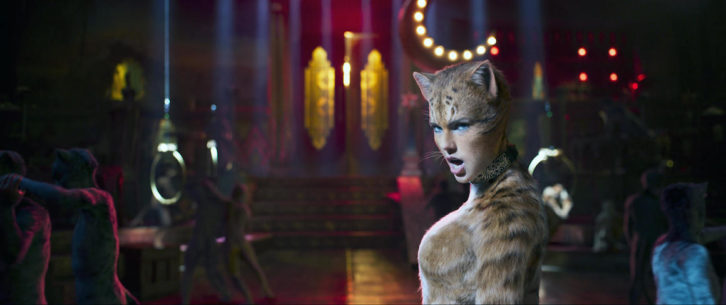
“Remember these are mixed CG and footage,” notes Redman. “It’s quite possible that it wouldn’t be cost-effective to reshoot so much and talent will be working on other shows. CG could be used to replace elements but that might defeat the object and would also rely on old footage for reference, rather than going in to recapture performances to update the shots.
“The problems arise from making sure the talent is recognisable, able to give their performance and that different vendors working on a show can produce consistent results,” he continues. “Cats was a mix of digital doubles, physical makeup and digital makeup, so the talent would have been scanned or cast for the 3D teams to create the digital assets. The actors were performance captured on set using motion tracking techniques, then the animators and compositors put it all together to create a seamless whole, which can go on to post production.”
“A number of the performances use full motion body capture techniques, whereby the actors perform in a specialised body suit, in a green screen studio,” adds Clarke. “The computer then realistically captures the movement of the performer. This can then be applied to a computer generated model that inherits the same captured movement. Specialist fur shaders have been developed to give the cats their unique aesthetic. It is a timely process and it’s hard to pull it off, as most of the scene is shot in layers. This makes it hard to know how it’s all going to turn out until everything has been shot and composited together.”
Even the cream of VFX talent would struggle to rescue such a conceptually misguided creative decision, the kind one hopes would be caught in focus groups or at some point before a trailer is released to the public. “It is surprising that the look development and animation testing didn’t raise questions to the overall aesthetic,” says Clarke. “Utilising focus groups for these types of projects can be helpful, to gain an understanding from a range of different perspectives. It can also allow for extra time to fix any glaring issues which arise from the sessions.”
Cats, however, are not the only member of the animal kingdom to receive such a paw response from the public. Sonic the Hedgehog had to be redesigned ahead of the film’s release on Valentine’s Day 2020 for the benefit of disgruntled fans and people on really weird dates. “Well this is easier,” says Redman. “Sonic is a full CG character, with a huge history of very consistent design. I can understand why the design was altered or adapted for a modern audience but the flip side of this is that gamers can often be fanatical about details and even the casual gamers will have strong connections to such a star of the games world. Recreating a CG character is cheaper and easier than dealing with a whole cast of semi digital actors.”
Clarke concurs: “Sonic is etched in our brains as a simple pixel character from an addictive game environment, and that for many is where the character should remain.”
Cats is unleashed upon UK cinemas on 20th December. Maybe.
